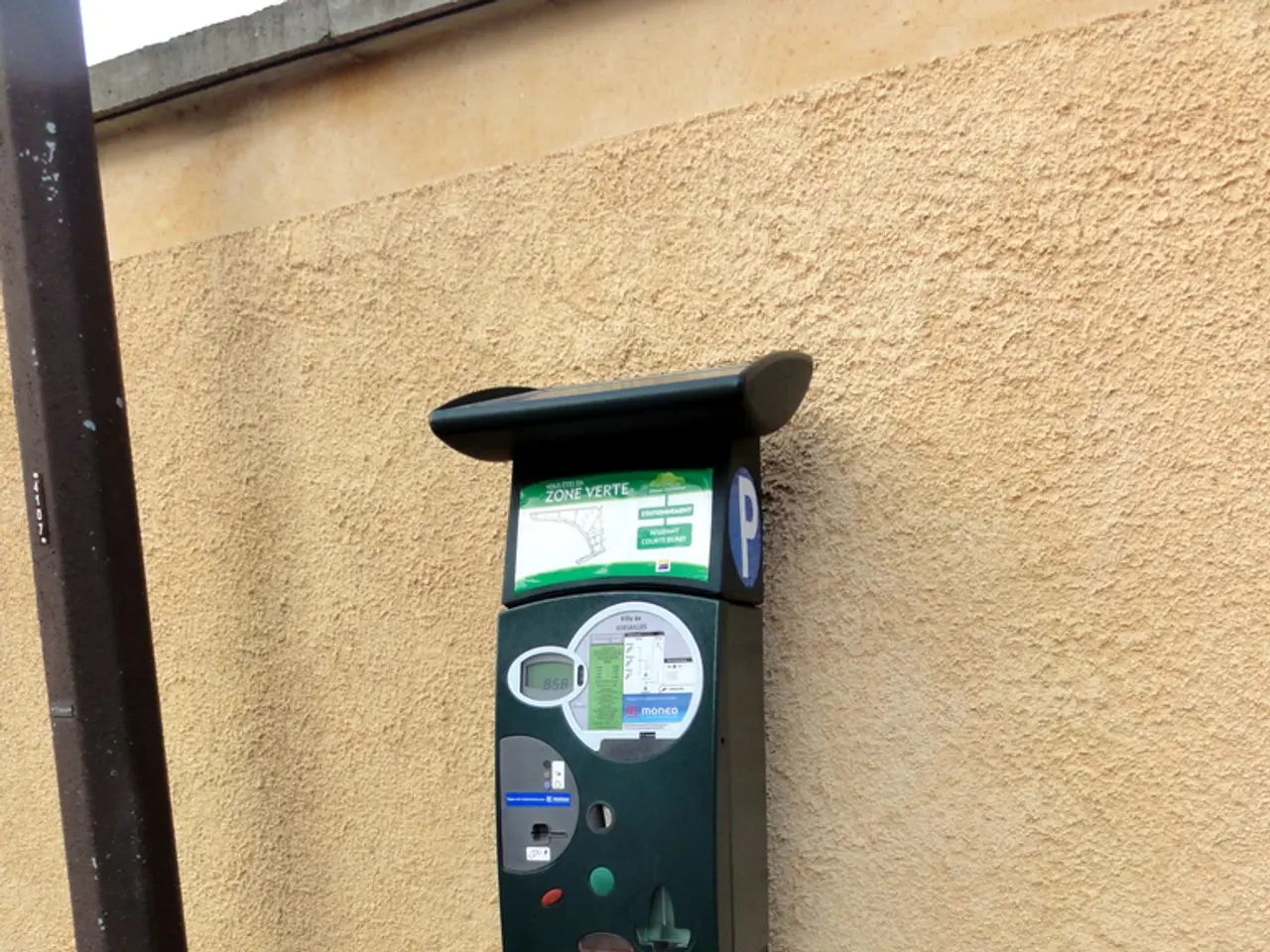Launch Announced for Ethereum's Fusaka Update
The Ethereum network is set for a significant upgrade, known as Fusaka. This update aims to strengthen the network's foundations, improve resource efficiency, and increase data capacity, all while boosting scalability.
One of the key features of Fusaka is the introduction of a new technique called Peer Data Availability Sampling (PeerDAS). PeerDAS is expected to enhance Ethereum's resource efficiency, data capacity, and scalability, making the network faster and cheaper to use.
The Fusaka upgrade also introduces stronger spam-prevention rules, ensuring the network remains secure and reliable. However, it's important to note that the upgrade does not immediately change smart contract behaviour.
Another exciting aspect of Fusaka is its potential impact on Layer 2 (L2) projects. The upgrade is expected to reduce gas fees for these projects, making them more affordable.
The Ethereum Foundation has also unveiled a new privacy roadmap, which is publicly released and maintained by the Ethereum Foundation and its core developer teams. This roadmap outlines updates and improvements to Ethereum's privacy features and Layer 2 advancements.
The ultimate goal of Fusaka is to enable Ethereum to reach up to 12,000 transactions per second by 2026. This increase in transaction speed could make Ethereum a more viable option for businesses and developers, fostering growth and innovation on the network.
In summary, the Fusaka upgrade is a significant step forward for Ethereum, promising to make the network more efficient, scalable, and secure. With its potential to reduce gas fees and improve privacy features, Fusaka could pave the way for a brighter future for Ethereum and its ecosystem.
Read also:
- Reconsidering the Approach to Mountain Height Measurement?
- Top Players on EA Sports FC 26 from Arab and Saudi Leagues: Mo Salah, Cristiano Ronaldo, and More
- Minimal Essential Synthetic Intelligences Enterprise: Essential Minimum Agents
- Tesla is reportedly staying away from the solid-state battery trend, as suggested by indications from CATL and Panasonic.




